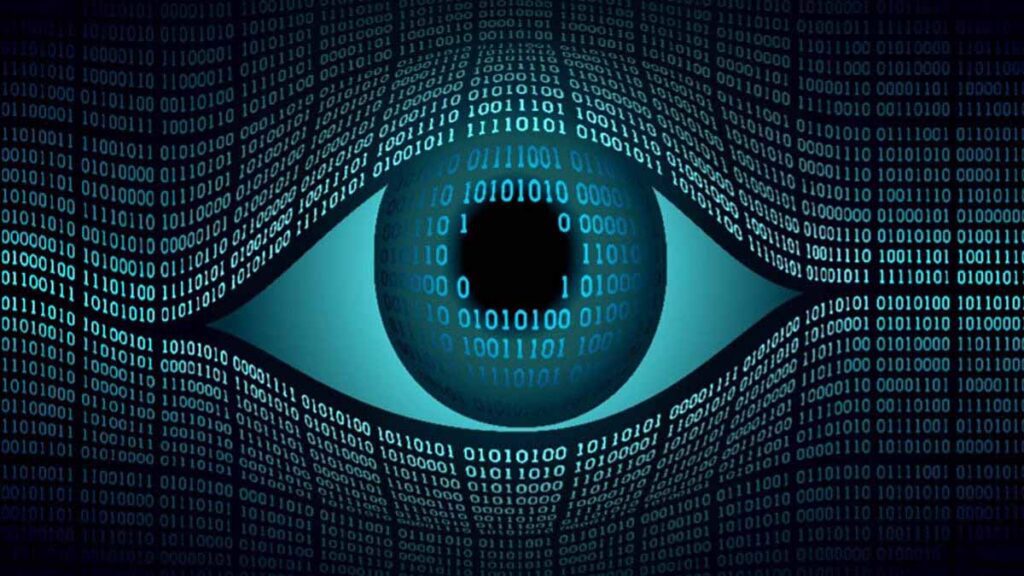
Quick, think of a scary technology – one with the potential to enslave humankind or destroy the earth.
Did you think of AI?
Few other technologies generate the fear factor of artificial intelligence. Ever since Alan Turing introduced the idea in 1948, people have wondered what would happen if machines outsmarted their creators and took charge of the planet.
Legal protections could avert such a calamity, and the first AI regulations have been published and are awaiting public comment. But some of these draft rules set impossibly high standards. For example, a proposed EU regulation on AI released this year requires that all data sets used for machine learning be “free from error.”
Few data sets are. A recent MIT review of 10 major data sets found an average error rate of 3.4 percent, which translates into tens of thousands of errors, including mislabeled images, text, and audio.
Tech companies are already expressing concern about the EU regulations. Google was diplomatic, saying the company “is concerned that the opportunity cost of not using AI is not sufficiently reflected in policy debates.”
It’s understandable that legislators are cautious. But excessive caution creates another risk: that while “bad guys” move full speed ahead to use AI for malign purposes, “good guys” proceed carefully, waiting until every last lawmaker, skeptic, and late adopter is fully convinced that AI is should be trusted rather than feared. If we take this two-track approach – bad actors moving quickly while good ones drag their feet – the results could be grim.
Hackers are already using AI to create botnets, guess passwords, break CAPTCHA systems, make illegal robocalls, and engage in other forms of cyber mischief. They don’t care about collateral damage, and they don’t need to think about certification, testing, or regulatory compliance. Unfortunately, this means that right now, bad people are using AI in more advanced and innovative ways than good people are. That will likely cause some – perhaps many – to distrust AI even more than they do now.
But good actors outnumber bad ones, and over the long term, the odds are high that AI will be used in ways that benefit society. In the meantime, what can be done to build trust in AI?
The simple answer is that for now, we should not try to achieve full trust in AI. Instead, we need to build just enough trust that we avoid over-regulating AI in a way that lets the bad guys pull ahead. We can do that in several ways.
First, we must ensure that cyber security experts are familiar enough with AI to avoid unintended consequences. For example, in trying to use AI to solve a conventional security issue, one might inadvertently cause it to create a totally unforeseen, and undesirable, “solution.”
Again, bad guys don’t have this issue. In fact, they are probing for loopholes in cyber defenses against AI. For them, unintended consequences are a boon that could reveal hidden weakness to be exploited.
The need for AI-savvy cyber security people will compound an existing talent shortage: by some estimates, the world needs an estimated 3 million more cyber security professionals than it currently has. But in addition to conventional skills – knowledge of network architecture, access control, encryption, and so on – cyber security experts increasingly will need the ability to work with AI to create trustworthy solutions.
Second, we will need to create the right IT environments to defend against AI-led attacks. AI is often considered to be a general purpose technology – one with so many uses that it affects all aspects of society.
But AI will be less “general purpose” when operating within specific environments. For example, every corporate IT system is different. They have different password schemes, access controls, and firewalls; their users behave differently. This means that, in a badly structured or poorly operated IT environment, AI will learn bad habits. It will generate false positives and false negatives. People will eventually conclude that AI can’t be trusted.
But in the right environment – one created using best practices, clear processes, good management and good tools – AI can be trained to spot anomalies and deviations from normal activity patterns that signal a security breach. AI will function like a well-trained guard dog that spots intruders and keeps them away. Once it begins behaving that way, people will start to trust it.
Third, we must work even harder to narrow the digital divide. Most people don’t link the issue of digital inequity with cyber security, but the connection is real. AI can rapidly harness computers for botnets or attacks. In some developing countries, companies may lack the capabilities to create a better structured, more robustly protected IT environment. That makes these countries a rich hunting-ground for cyber criminals.
Just because a problem isn’t in your network doesn’t mean it’s not your problem. Vulnerabilities can migrate – another reason to help poorer parts of the world start benefiting from more advanced technology.
The key to solving these issues is international cooperation. Like Covid and climate change, AI’s security implications don’t respect national borders.
To be sure, there are significant barriers to trust among nations at the moment. But if we cannot establish a degree of trust sufficient to collaborate in this vital area, we will inevitably start to view AI not as a trusted tool to be utilized, but as an threat to be feared. If that happens, the bad guys will have an insuperable advantage – not just for now, but forever.
Mika Lauhde is Global Vice President for Cyber Security and Privacy at Huawei Technologies.